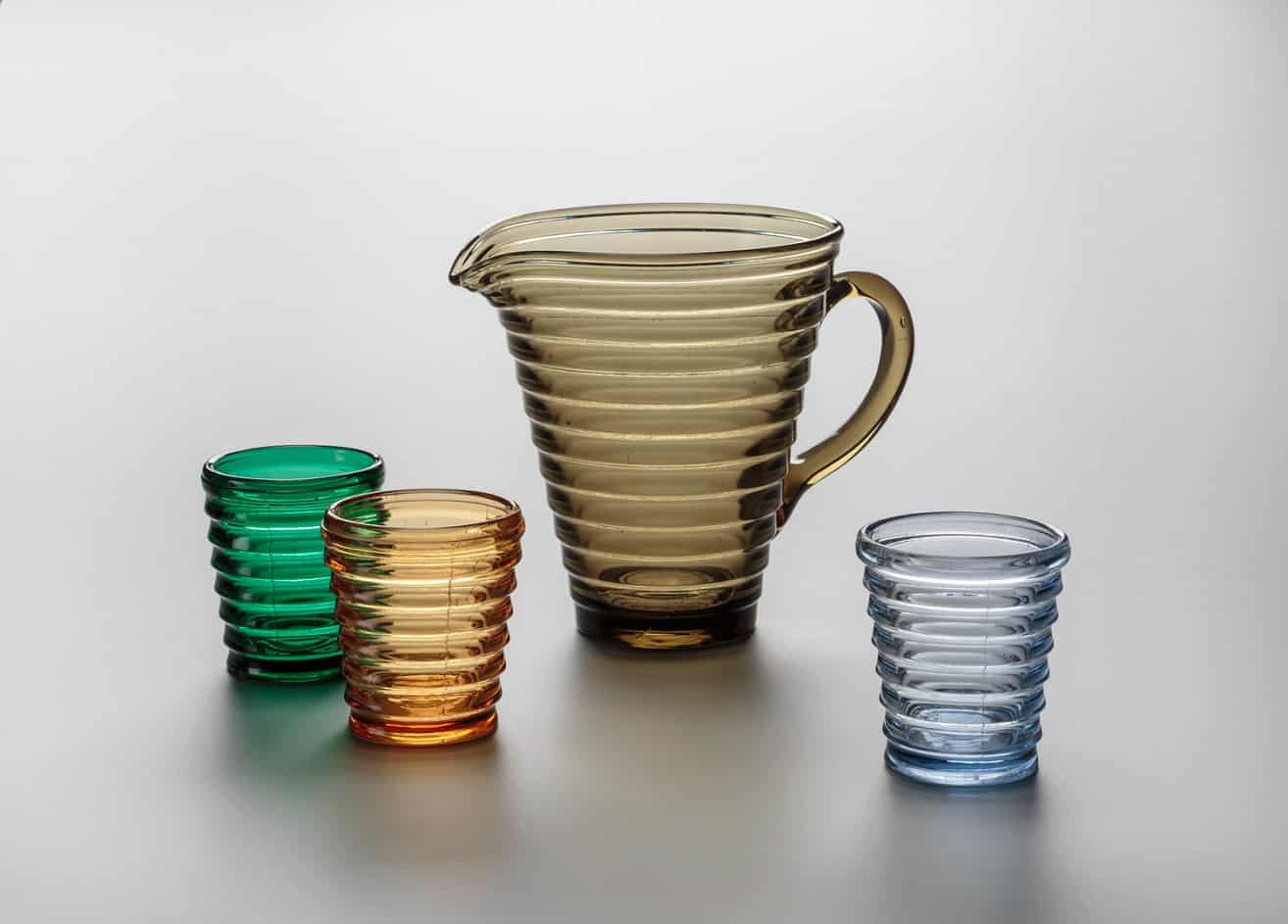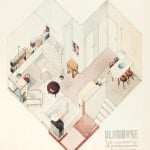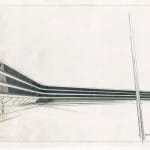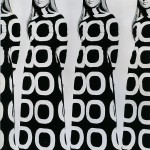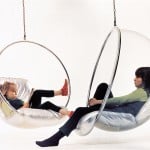About the Exhibition
When: 14.11.2015 – 31.01.2016
Where: the General Staff Building, the Grand Hall of the Contemporary Art
Remarks: Entry ticket to the museum includes access to the exhibition
From 14 November 2015, the General Staff building is the venue for the exhibition Golden Generation. Modernism in Finnish Architecture and Design organized as part of the Hermitage 20/21 project with the support of, and in collaboration with, the Institute of Finland in St Petersburg.
The exhibition was opened by Mikhail Borisovich Piotrovsky, General Director of the State Hermitage, and the ceremony was attended by Paavo Lipponen, former prime minister of Finland, Hannu Himanen, Finnish ambassador to Moscow, Riitta Kaivosoja, General Director of the Ministry of Education and Culture, Elina Kahla, Director of the Institute of Finland in St Petersburg, Dmitry Yuryevich Ozerkov, Head of the State Hermitage’s Department of Contemporary Art, and the exhibition curator Xenia Malich, researcher in the Department of Contemporary Art.
Partners in the project are the Design Museum (Helsinki), the Museum of Finnish Architecture (Helsinki) and the Alvar Aalto Museum (Jyväskylä, Finland). The exhibition features original architectural drawings, photographs, models, design objects and documentary film footage.
Finnish architecture travelled a unique road in just the past one hundred years – from a restrained National Romanticism that took shape mainly under the influence of other European schools to one of the most significant and original tendencies within the International Style.
Formally the profession of architect has existed in Finland for just over a century. At Helsinki’s Polytechnical Institute the specialty “architecture” was separated off from the general engineering course only in 1907. The first professional publication appeared just a little earlier. The scale of urban-planning activity was modest, since at the start of the 20th century only 10% of the population of Finland lived in towns and cities and in the 1920s the figure was only 20%. The local architectural debate at the turn of the 20th century took place within a narrow circle of like-minded people – architects, artists and writers – who enthusiastically discussed in Helsinki’s cafés the paths of development for the nation’s culture. In 1917 Finland gained its independence. Young Finnish architects dreamt of a new, modern architecture that would accord with the latest technological advances and be as much in keeping with the spirit of the times as works in other European cities. Architecture in Finland became a part of the large scale national project of “the search for Finnish self-identity”.
The range of Finnish architects’ interests in the 1910s and ’20s at first sight embraced completely different tendencies: Viennese Secession and Belgian Art Nouveau, German Neo-Classicism and early precursors of French Art Deco. But as reference points for experimentation they always chose those works that were founded upon the fundamental and simple concepts of the new universal architectural language: wall, mass, creative space, rhythm, honesty in the use of a material. And of course their attention was drawn to new technologies and possibilities. On the basis of Neo-Classical and Art Deco devices, Finnish architects tested the measure of artistic and constructional rationality, something which is particularly noticeable in the design of public buildings: the main office of the State Bank, the Fazer company’s new shop and café in the capital and the Stockmann department store.
Invariably present in Finnish architects’ fascination with Swedish and Italian Classicism is that same search for the rational element. It is surprising how rapidly architects moved on from designs literally copying Renaissance palazzi and cathedrals (the Workers’ Club in Jyväskylä, churches in Jämsä and Muurame) to projects embodying the programmatic principles of Functionalism. Comparing the plans produced by Alvar Aalto, Uno Ullberg and P.E. Blomstedt between 1925 and 1931 we can trace the way that, from drawing to drawing, the rich Classical palette is reduced to a few generalizing features: compositional integrity and general clear orderliness.
Finnish architects, like the pioneers of the European Modernist movement, studied with great enthusiasm the technologies of the first machine age. Everything new that accorded with the demands of progress was invested with the properties of an aesthetic object. Reinforced concrete structures and extensive strips of glass, chromed fittings, aluminium shutters and linoleum floors, sliding doors and built-in lighting. The building industry was still not sufficiently advanced to permit the use of the arsenal of new technologies everywhere in housing construction, but public buildings – hotels, theatres – put up in Finland in the 1930s became classic works of early Modernism, “white Functionalism”, as the stage was termed later.
The distinctiveness of Finnish Modernism lies in the relationship of parity between the architect and nature. One of the pioneering historians of the Modernist movement in architecture, Sigfried Giedion, was the first to note the combination of the antagonistic methods of functional standardization and irrationality in Finnish Modernism. The critic found a psychological basis for this emotional component in the particular character of the Finnish landscape. In an article on Alvar Aalto, Giedion grandiloquently compares the primaeval quality of the Finnish countryside with the purity of the world in the first days of creation. Aalto, in his opinion, “takes Finland with him” into any project, to any point on the globe. The celebrated pavilion designed by the architect for the international exhibition in New York, symbolized the duality that was destined to mark the development of contemporary architecture in Finland in the 20th century: from humanism to materialism, from a functional to a picturesque approach, from judiciousness to emotionality.
The “Golden Generation” of figures who brought fame and glory to Finnish architecture and design in the 1930s–60s adopted from the Modernist movement and the International Style primarily those methods that accorded with their national mentality and tradition. Perhaps it was due to this latter circumstance that the phenomenon of Finnish Modernism arose: it is a fairly pragmatic and introverted school, always following home-grown traditions, oriented on local materials and climatic peculiarities. Independence aids survival irrespective of short-term tendencies and the looks that architects and designers produced 70 years ago are still relevant.
The arsenal of Finnish Modernism has proved so rich, practical and emotionally persuasive that it remains in demand as before, despite pronouncements about the demise of new architecture and about the demise of a great Modernist narrative. Young Finnish architects have not abandoned the experience of previous generations and bound up with this is exceptional solidarity found among professional architects in present-day Finland. And can we speak of the “demise” of a great style, if its idiom remains functional and in demand? If an entire nation retains a respectful attitude to the value of long years of experience converted into a “golden” heritage.
The exhibition Golden Generation. Modernism in Finnish Architecture and Design has been prepared by the State Hermitage’s Department of Contemporary Art as part of the Hermitage 20/21 project that aims to collect, exhibit and study art of the 20th and 21st centuries.
The originator of the idea and curator of the exhibition which is taking place within the Year of Architecture in the Hermitage is Xenia Malich, researcher in the State Hermitage’s Department of Contemporary Art. An illustrated scholarly catalogue has been produced for the exhibition (State Hermitage Publishing House, 2015) with text by Xenia Malich. The parallel educational programme organized as part of the project includes a cycle of lectures and master classes with the participation of Finnish architects, designers and researchers.

